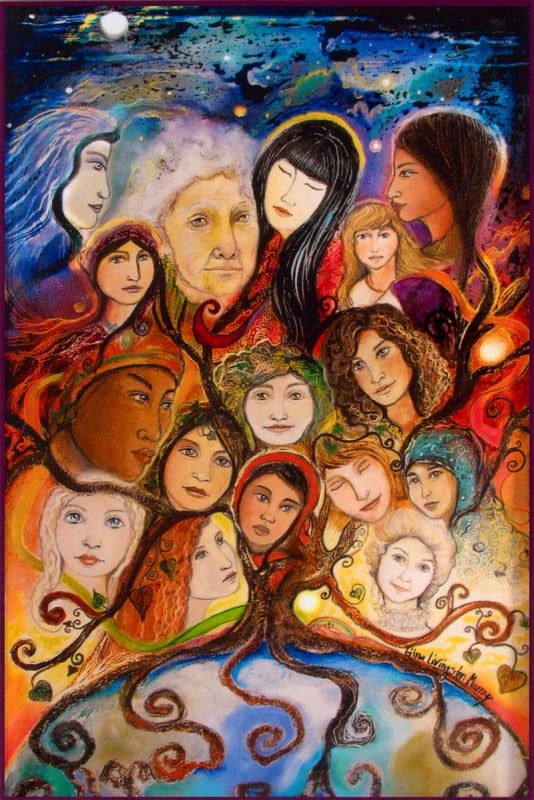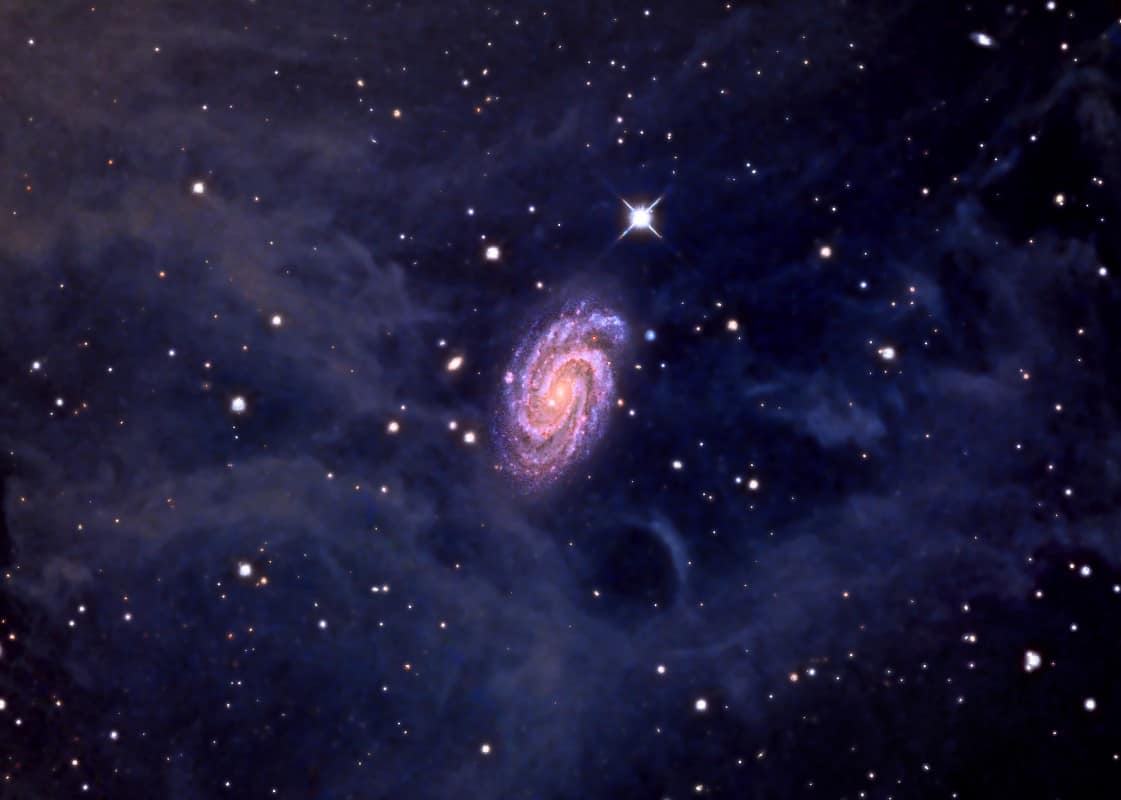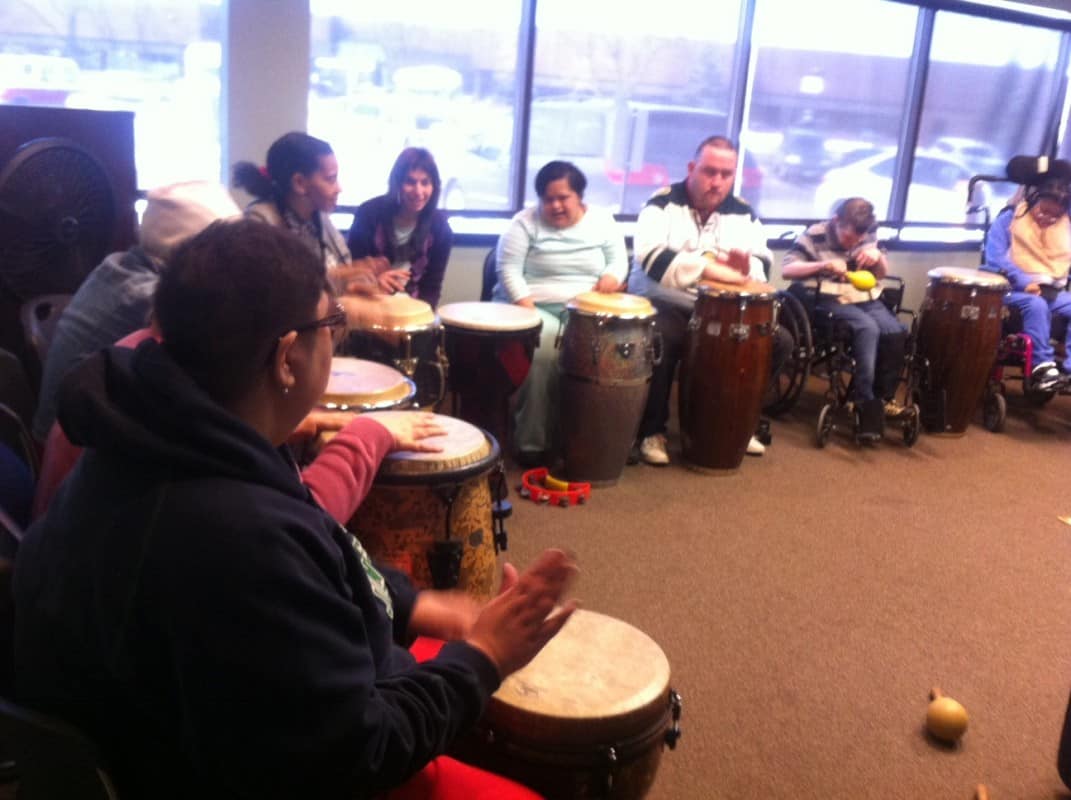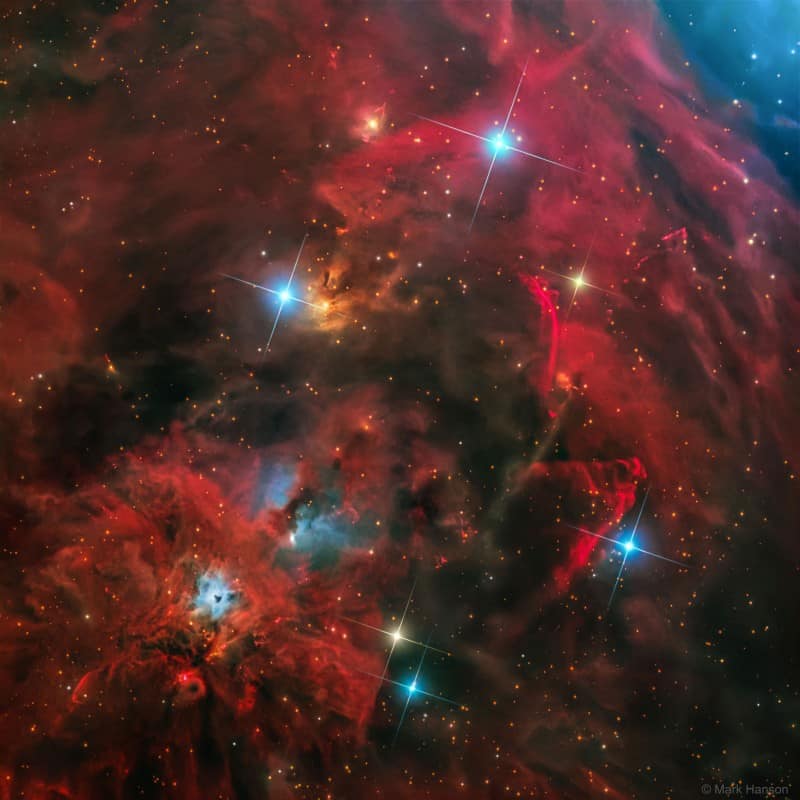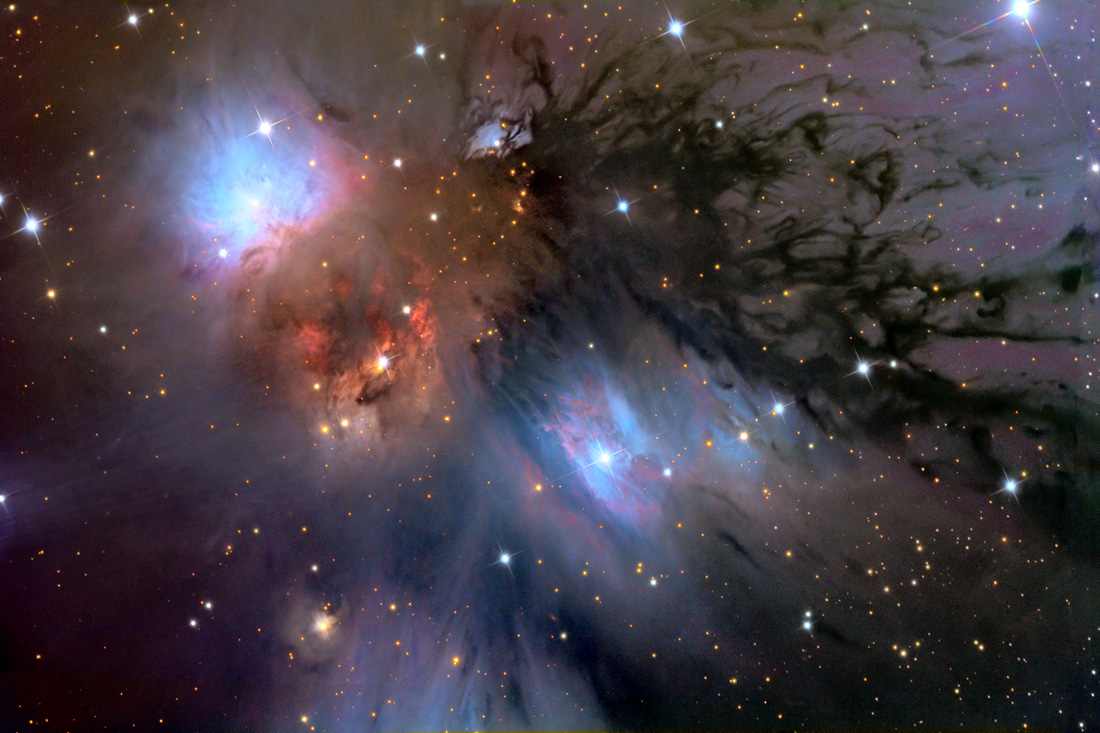Blog
Randolph Denard Ornette Coleman (March 9, 1930– June 11, 2015) was an American jazz saxophonist, violinist, trumpeter, and composer. He was one of the major innovators of the free jazz movement of the 1960s, a term he invented with the name of his 1961 album. His “Broadway Blues” has become a standard and has been cited as a key work in the free jazz movement. He was awarded a MacArthur Fellowship in 1994. His album Sound Grammar received the 2007 Pulitzer Prize for music.
From the beginning of his career, Coleman’s music and playing were in many ways unorthodox. His approach to harmony and chord progression was far less rigid than that of bebop performers; he was increasingly interested in playing what he heard rather than fitting it into predetermined chorus-structures and harmonies. His raw, highly vocalized sound and penchant for playing “in the cracks” of the scale led many Los Angeles jazz musicians to regard Coleman’s playing as out-of-tune. He sometimes had difficulty finding like-minded musicians with whom to perform. Nevertheless, pianist Paul Bley was an early supporter and musical collaborator.
In 1958, Coleman led his first recording session for Contemporary, Something Else!!!!: The Music of Ornette Coleman. The session also featured trumpeter Don Cherry, drummer Billy Higgins, bassist Don Payne and Walter Norris on piano.
1959 was a notably productive year for Coleman. His last release on Contemporary was Tomorrow Is the Question!, a quartet album, with Shelly Manne on drums, and excluding the piano, which he would not use again until the 1990s. Next Coleman brought double bassist Charlie Haden – one of a handful of his most important collaborators – into a regular group with Cherry and Higgins. (All four had played with Paul Bley the previous year.) He signed a multi-album contract with Atlantic Records, who released The Shape of Jazz to Come in 1959. It was, according to critic Steve Huey, “a watershed event in the genesis of avant-garde jazz, profoundly steering its future course and throwing down a gauntlet that some still haven’t come to grips with.” While definitely – if somewhat loosely – blues-based and often quite melodic, the album’s compositions were considered at that time harmonically unusual and unstructured. Some musicians and critics saw Coleman as an iconoclast; others, including conductor Leonard Bernstein and composer Virgil Thomson regarded him as a genius and an innovator.”[12] Jazzwise listed it #3 on their list of the 100 best jazz albums of all time.
more...World Music on Flamenco Fridays with Sabicas.
Sabicas (nombre propio: Agustín Castellón Campos) (16 de marzo de 1912 – 14 de abril de 1990) fue un guitarrista flamenco de origen romaní.
Sabicas nació en Pamplona, España, y comenzó a tocar la guitarra a la edad de cinco años e hizo su debut en el espectáculo dos años después. Su estilo temprano fue influenciado por Ramón Montoya, a quien se relacionó por el lado de su madre de la familia. La amplia colaboración con importantes cantaores (cantaores flamencos) de la época lo ayudó a desarrollar su estilo personal.
https://www.youtube.com/watch?v=914BKzWaxj4
more...This beautiful telescopic skyscape features spiral galaxy NGC 918. The island universe is about 50,000 light-years across and lies some 60 million light-years away toward the constellation Aries. An artistic presentation, the image shows spiky foreground stars in our own Milky Way Galaxy and convoluted dust clouds that hang hundreds of light-years above our galactic plane, dimly reflecting starlight. It also captures NGC 918 in a cosmic moment important to astrophysicists on planet Earth. Light from supernova SN2009js, absent in previous images, is indicated by the two lines just below and left of the galaxy’s center. The supernova itself is the death explosion of a massive star within the plane of galaxy NGC 918. It was just discovered in October by supernova search teams in Japan and the US.
more...Gábor István Szabó (8 March 1936 – 26 February 1982) was a guitarist whose style incorporated jazz, pop, rock, and Hungarian music.
Gábor Szabó was born in Budapest, Hungary, and began playing guitar at the age of 14, inspired by jazz music heard on Voice of America radio broadcasts.[1] He escaped Communist Hungary in 1956, the year of the attempted revolt against Soviet-dominated Communist rule, and moved to the United States where he attended the Berklee School of Music in Boston.
more...George Edward Coleman (born March 8, 1935) is an American jazz saxophonist known for his work with Miles Davis and Herbie Hancock in the 1960s. In 2015, he was named an NEA Jazz Master.
Coleman was born in Memphis, Tennessee. He was taught how to play the alto saxophone in his teens by his older brother Lucian Adams, inspired (like many jazz musicians of his generation) by Charlie Parker. Among his schoolmates were Harold Mabern, Booker Little, Frank Strozier, Hank Crawford, and Charles Lloyd.
more...| Mississippi John Hurt | |
|---|---|

|
John Smith Hurt (possibly March 3, 1892 – November 2, 1966), better known as Mississippi John Hurt, was an American country bluessinger and guitarist.
Raised in Avalon, Mississippi, Hurt taught himself to play the guitar around the age of nine. He worked as a sharecropper and began playing at dances and parties, singing to a melodious fingerpicked accompaniment. His first recordings, made for Okeh Records in 1928, were commercial failures, and he continued to work as a farmer.
Dick Spottswood and Tom Hoskins, a blues enthusiast, located Hurt in 1963 and persuaded him to move to Washington, D.C.[5] He was recorded by the Library of Congress in 1964. This helped further the American folk music revival, which led to the rediscovery of many other bluesmen of Hurt’s era. Hurt performed on the university and coffeehouse concert circuit with other Delta blues musicians who were brought out of retirement. He also recorded several albums for Vanguard Records.
Hurt returned to Mississippi, where he died, in Grenada, a year later.
Material recorded by him has been re-released by many record labels. His songs have been recorded by Bob Dylan, Dave Van Ronk, Jerry Garcia, Beck, Doc Watson, John McCutcheon, Taj Mahal, Bruce Cockburn, David Johansen, Bill Morrissey, Gillian Welch, Josh Ritter, Guthrie Thomas, Parsonsfield, and Rory Block.
more...Gabacho Maroc is a French group which performs a captivating fusion of North African traditions, jazz and trance music.
more...RHYTHM ROOTS WORKSHOP
Wednesday March 7th noon-2pm
Partnership Resources Inc Minneapolis
Gold Star percussion team gearing up for performance
on March 28th.
more...This tantalizing array of nebulas and stars can be found about two degrees south of the famous star-forming Orion Nebula. The region abounds with energetic young stars producing jets and outflows that push through the surrounding material at speeds of hundreds of kilometers per second. The interaction creates luminous shock waves known as Herbig-Haro (HH) objects. For example, the graceful, flowing arc just right of center is cataloged as HH 222, also called the Waterfall Nebula. Seen below the Waterfall, HH 401 has a distinctive cone shape. The bright bluish nebula below and left of center is NGC 1999, a dusty cloud reflecting light from an embedded variable star. The entire cosmic vista spans over 30 light-years, near the edge of the Orion Molecular Cloud Complex some 1,500 light-years distant.
more...Born March 7, 1970 in Rio Piedras, Puerto Rico, percussionist Paoli Mejias’ rise to Latin jazz fame is a story of sweat and dedication. Completely self taught, Paoli purchased his first set of congas at age twelve, inspired by records of conga great Carlos “Patato” Valdés and Latin jazz innovators Batacumbele and Irakere. Learning by imitating the sounds he heard on the records, Paoli taught himself the language of the congas without the benefit of an instructor. By his mid-to-late teens, he could be found at jam sessions in the streets and on the beaches of San Juan. He earned invitations from bandleaders like Rafú Warner, José Nogueras, Glen Monroig and Charlie Sepúlveda. As he worked his way up the live music food chain in Puerto Rico, Paoli found himself performing alongside the Latin jazz legends who had inspired him in his early years.
https://www.youtube.com/watch?v=OQM4M_TaYaE
more...Born: March 7, 1967
Dan Papirany is an adventurous Jazz pianist, composer who understands and follows the eloquent philosophy that is to play melodic phrases and rich harmonies.
Originally starting out as a drummer at seventeen years of age, he discovered the music of Bill Evans and Keith Jarrett’s piano playing which led him to switch instruments to the piano. He remembers a quote from drummer Peter Erskine, “play what you mean and mean what you play” for this quote opened up a whole new horizon as he began to play and record professionally as a serious musician.
While studying jazz piano with Leigh Jackson in Wellington, Dan formed his first trio and played in local venues and mainly at “Bar Bodega”.
Music with Nigerian drummer Baba Olatunji
more...RHYTHM ROOTS WORKSHOP
Tuesday March 6th noon-2pm
Partnership Resources Inc St Louis Park
Mounting a performance for Chicka Boom Chicka Boom
with Erica, Annie and Marrie nothing will deter the rhythm making for these drummers.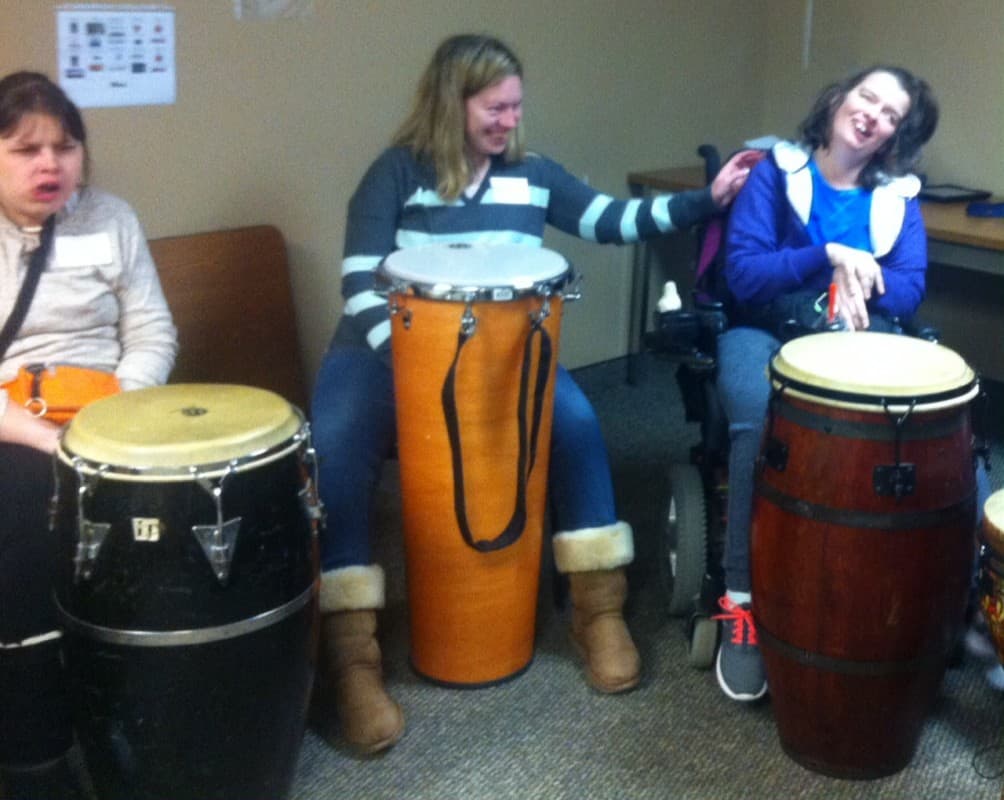
In this beautiful celestial still life composed with a cosmic brush, dusty nebula NGC 2170 shines at the upper left. Reflecting the light of nearby hot stars, NGC 2170 is joined by other bluish reflection nebulae, a compact red emission region, and streamers of obscuring dust against a backdrop of stars. Like the common household items still life painters often choose for their subjects, the clouds of gas, dust, and hot stars pictured here are also commonly found in this setting – a massive, star-forming molecular cloud in the constellation of the Unicorn (Monoceros). The giant molecular cloud, Mon R2, is impressively close, estimated to be only 2,400 light-years or so away. At that distance, this canvas would be about 15 light-years across.
more...Flora Purim (born March 6, 1942) is a Brazilian jazz singer known primarily for her work in the jazz fusion style. She became prominent for her part in Return to Forever with Chick Corea and Stanley Clarke. She has recorded and performed with numerous artists, including Dizzy Gillespie, Gil Evans, Opa, Stan Getz, Mickey Hart of the Grateful Dead, Santana, Jaco Pastorius, and her husband Airto Moreira.
In 2002, Purim was the recipient of one of Brazil’s highest awards, the 2002 Ordem do Rio Branco for Lifetime Achievement. She has been called “The Queen of Brazilian Jazz”.
Purim was born in Rio de Janeiro to Jewish parents who were both classical musicians: her father Naum Purim played violin and her mother Rachel Vaisberg was a pianist. Flora discovered American jazz when her mother played it while her husband was out of the house.
https://www.youtube.com/watch?v=oizgj1Q8JW4
more...John Leslie “Wes” Montgomery (March 6, 1923 – June 15, 1968) was an American jazz guitarist. He is widely considered one of the major jazz guitarists, emerging after such seminal figures as Django Reinhardt and Charlie Christian and influencing countless others. Montgomery was known for an unusual technique of plucking the strings with the side of his thumb which granted him a distinctive sound.
He often worked with his brothers Buddy (piano and vibes) and Monk (bass guitar), and with organist Jimmy Smith. Montgomery’s recordings up to 1965 were generally oriented towards hard bop, soul jazz, and post bop, while circa 1965 he began recording more pop-oriented instrumental albums that featured less improvisation but found mainstream success. His later-career guitar style is a major influence on fusion and smooth jazz.
Montgomery was born in Indianapolis, Indiana. According to NPR Jazz Profiles “The Life and Music Of Wes Montgomery”, the nickname “Wes” was a child’s abbreviation of his middle name, Leslie.[2] He came from a musical family; his brothers, Monk (double bass and electric bass) and Buddy(vibraphone and piano), were jazz performers. The brothers released a number of albums together as the Montgomery Brothers. Although he was not skilled at reading music, he could learn complex melodies and riffs by ear. Montgomery started learning the six-string guitar at the relatively late age of 20 by listening to and learning the recordings of his idol, guitarist Charlie Christian; however, he had played a four string tenor guitar since age twelve. He was known for his ability to play Christian’s solos note for note and was hired by Lionel Hampton for this ability.
more...More Posts
- Two Harbors Cabin Project
- The Cosmos with M51
- Clifford Jordan
- Horace Silver
- Laurindo Almeida
- World Music Memorial for Adalberto Álvarez
- Daily Roots with Lee Scratch Perry
- Rhythm Roots Workshop VA Memory Care
- The Cosmos with M8
- Archie Bell
- Gene Harris
- Art Pepper
- World Music with Grupo Femenino
- Daily Roots with Bunny Wailer
- Kobe Fest 2021
- The Cosmos with the Fire Rainbow
- Tomoko Omura
- Van Morrison
- Paul Winter
- Herman Riley
